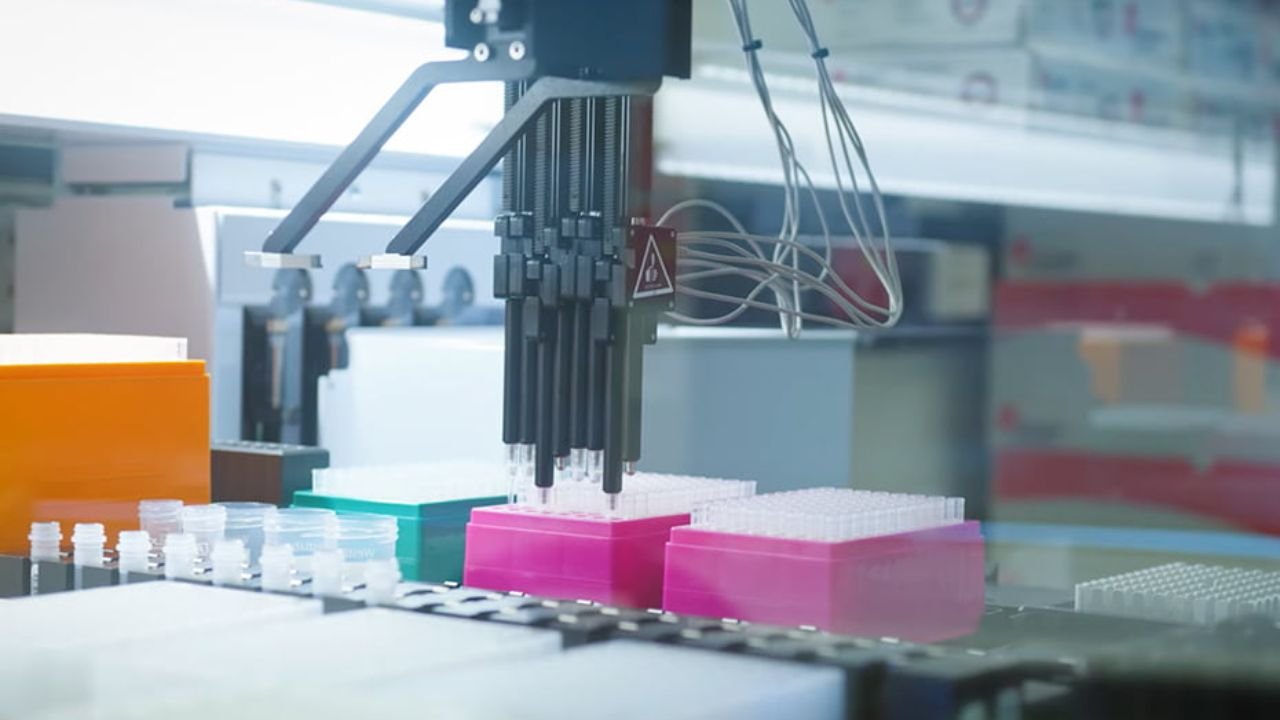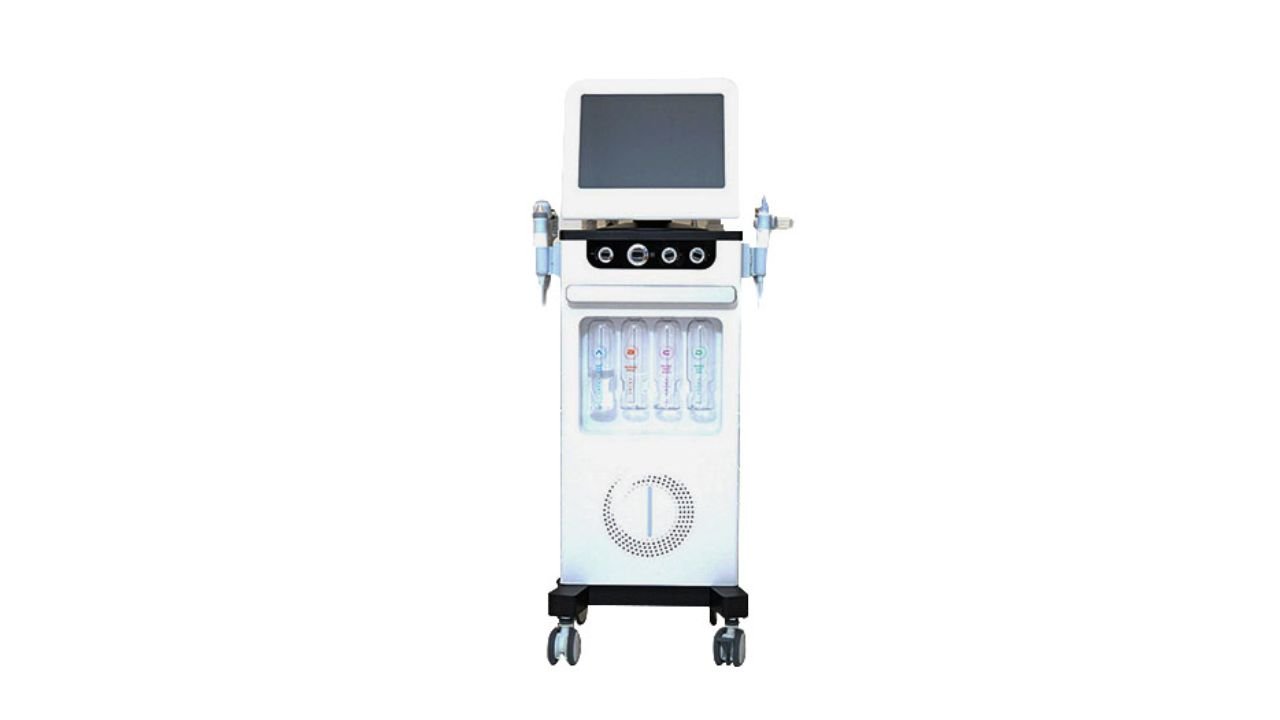Precision drives progress in modern science. One small error can ripple through results and skew data. This risk becomes even bigger when you work with single cells.
Each cell holds unique information. Losing it means losing insights that matter. Manual workflows bring skill, but they also bring variability. That is where automation changes the game. It turns fragile steps into smooth, repeatable processes.
Why Consistency Matters
Single-cell research sits at the edge of innovation. It unpacks details hidden inside complex systems. Yet that detail depends on accuracy at every stage. The smallest inconsistency in prep can alter outcomes. Human hands make mistakes. Fatigue sets in. Steps get rushed when the clock runs tight.
These factors create noise in data. Consistent workflows cut that noise. They ensure one sample behaves like the next. This is why scientists now lean toward automated systems for control and reliability.
Tackling the Challenge of Single-Cell Prep
The stakes rise when you move into single cell library preparation. Each step feels delicate. You start with tiny amounts of material. You need clean reactions and precise timing. Manual handling introduces risk at every pipette touch. Variations creep in from different users. Temperature shifts. Even plate positions can throw off results.
Automation helps remove these cracks in the process. Machines do not rush. They do not get distracted. Every cycle runs as planned, which builds confidence in the data that follows.
Speed Without Sacrifice
Time is precious in research settings. Manual prep eats hours. Each run demands focus, and each handoff adds delays. Automation changes that pace. Robots move fast without cutting corners. They set pipettes with exact volumes. They track cycles without losing steps.
This speed frees up staff for higher-level tasks. Scientists can plan new experiments instead of babysitting repetitive moves. Faster prep means more samples processed in less time. That opens the door to bigger studies and stronger conclusions.
Cutting Down on Errors
Error control is not a bonus. It is a core goal in any workflow. Manual systems invite mistakes. A slip in pipetting or a missed reagent can ruin the batch. Automation reduces that risk. It logs every step. It confirms volumes and checks positions.
Some systems even stop when they detect anomalies. That safety net protects against waste. It also shields projects from costly reruns. With automation, you do not just hope for accuracy. You build it into the process.
Data Quality That Holds Up
Consistency drives better data. When prep runs smooth, the results speak louder. Variability drops. Reproducibility climbs. This matters for studies that feed into larger datasets or clinical trials.
Poor prep can derail trust in findings. Automated workflows make it easier to hit quality standards again and again. Labs that adopt these systems often see fewer outliers and tighter control over metrics. That stability gives weight to every conclusion drawn from the work.
Cost and Resource Balance
Automation looks expensive at first glance. The price tag can raise eyebrows in small labs. But the math tells a different story over time. Reduced errors mean fewer wasted reagents. Faster cycles mean more throughput without adding staff. Downtime drops because the system handles routine steps without breaks. These gains stack up.
In many cases, the investment pays for itself faster than expected. The return is not just financial. It is also scientific. Reliable data accelerates discovery and keeps projects moving forward.
Looking Ahead
Single-cell science will not slow down. Demand for scalable, reliable methods will only rise. Automation stands ready as a core part of that future. It brings speed, precision, and peace of mind to workflows that once depended on steady hands and long hours.
Labs that embrace this shift position themselves for stronger outcomes and sharper insights. In the race to understand life at the smallest level, consistency wins every time. Automation makes that possible.
Bottom Line
Automation is no longer a luxury in single-cell research. It is the tool that ensures workflows stay accurate and consistent. Manual methods cannot match that level of precision. Automated systems deliver speed, cut errors, and raise data quality. They save time and resources while supporting large-scale studies.
For labs aiming to keep pace with growing demands, automation is the clear path forward. It builds trust in results and gives researchers freedom to focus on discovery. In the end, consistent prep sets the stage for better science. Automation makes that possible every time.



